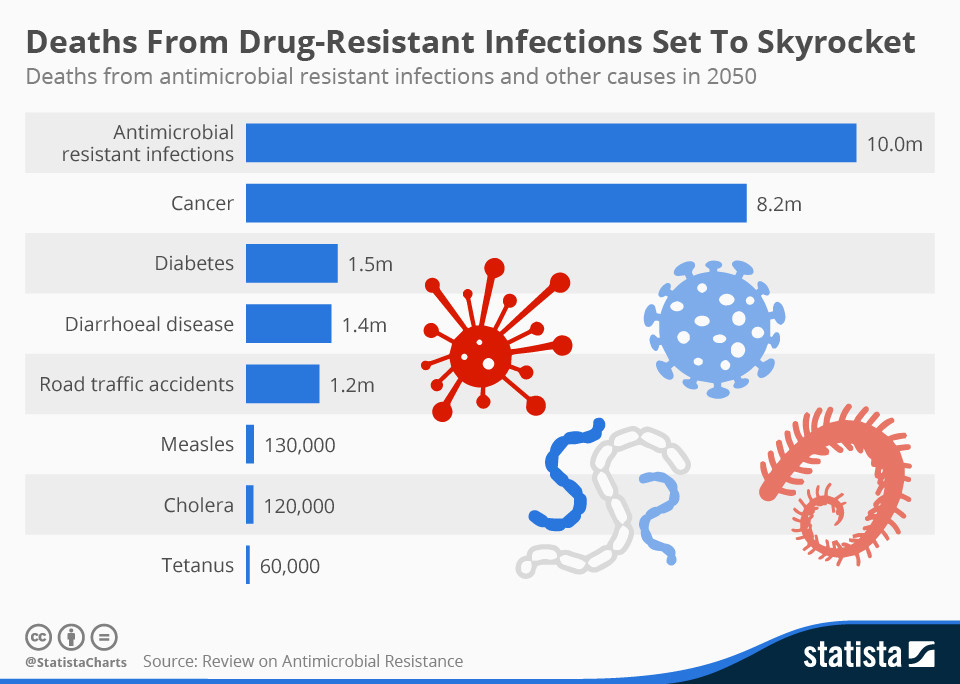I just came across a thoroughly interesting article from last year about a journalist who, whilst reporting on tuberculosis in Papua New Guinea, ended up catching the disease herself:
We spent some days poking around overflowing wards and diseased shanties for The Age, investigating the insidious reach of deadly, drug-resistant tuberculosis across Papua New Guinea. More than 60 per cent of the global burden of TB occurs in the Asia-Pacific region, and PNG bears some of the worst of it.
…Tuberculosis retains the distinction of being the greatest infectious killer in human history, claiming an estimated billion lives in the past 200 years. Its toll today is still second only to HIV (and it is the major killer of people with HIV). In 2011, 8.7 million people fell sick with TB.
…many are poorly nourished and dozens might share a room at night. TB thrives in such conditions.
…Some of the other children’s limbs are shrivelled, their heads misshapen and eyes vacant in a way I have come to recognise. They are survivors of TB meningitis, the infection having found its way into their brains, rotting away physical and intellectual capacity.
…TB is invisible because the people who suffer it are already on the margins, says Hewison. “They are the poor, the prisoners, alcoholics, refugees, Aboriginals, drug users, old people. And the drug companies forgot it because there is no money to be made there,”
…“Rising rates of multidrug-resistant (MDR) and extensively drug-resistant (XDR) TB threaten global control efforts in both developing and developed countries,” The Lancet authors – Ben Marais among them – warned. The rise of drug-resistant TB and the ease of international travel means “the threat and range and spread of untreatable TB is very real …
…A chest tube is installed to drain fluid and I’m pumped with antibiotics that burn like fury as they flow through the cannulas in my wrists …I move to the Royal Melbourne Hospital where I’m put into the care of an infectious disease team and isolated… at least two years of aggressive drug treatment, including four months of intravenous drips.
———
Extensively drug-resistant tuberculosis (XDR-TB) is a form of tuberculosis caused by bacteria that are resistant to some of the most effective anti-TB drugs. XDR-TB strains have arisen after the mismanagement of individuals with multidrug-resistant TB (MDR-TB).
One in three people in the world is infected with TB bacteria. Only when the bacteria become active do people become ill with TB. Bacteria become active as a result of anything that can reduce the person’s immunity, such as HIV, advancing age, or some medical conditions. TB can usually be treated with a course of four standard, or first-line, anti-TB drugs. If these drugs are misused or mismanaged, multidrug-resistant TB (MDR-TB) can develop. MDR-TB takes longer to treat with second-line drugs, which are more expensive and have more side-effects. XDR-TB can develop when these second-line drugs are also misused or mismanaged and therefore also become ineffective.
XDR-TB raises concerns of a future TB epidemic with restricted treatment options, and jeopardizes the major gains made in TB control and progress on reducing TB deaths among people living with HIV/AIDS. It is therefore vital that TB control be managed properly and new tools developed to prevent, treat and diagnose the disease.
The true scale of XDR-TB is unknown as many countries lack the necessary equipment and capacity to accurately diagnose it. It is estimated however that there are around 40,000 cases per year. As of June 2008, 49 countries had confirmed cases of XDR-TB. By 2013, that number had risen to 84. [Wikipedia]

